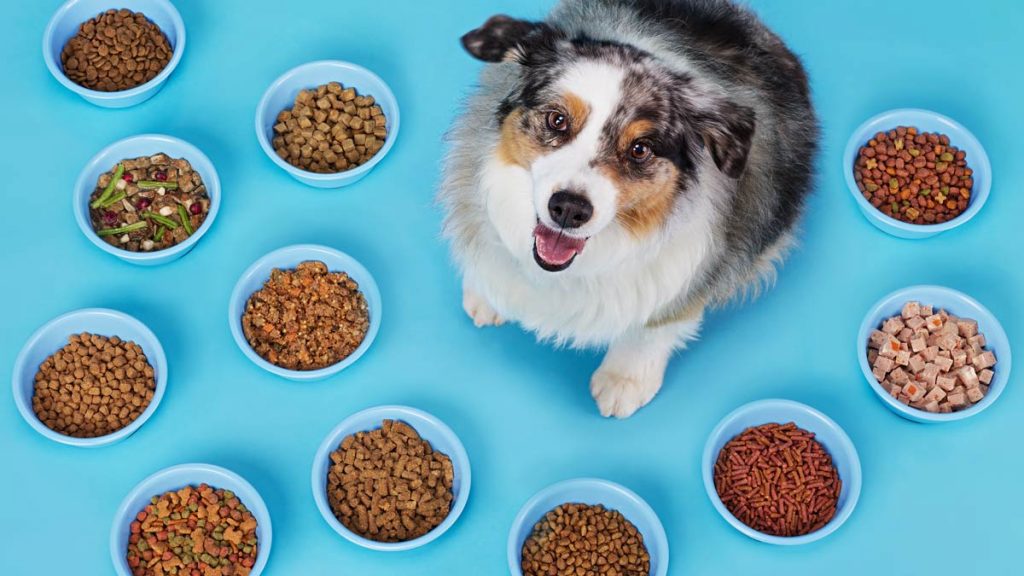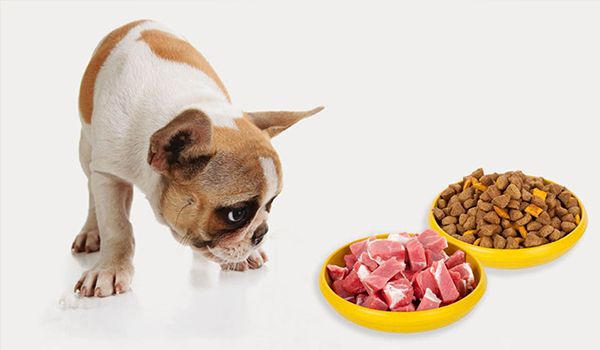
Walking down the dog food aisle can be overwhelming. With hundreds of brands, formulas, and marketing claims like “grain-free,” “holistic,” and “human-grade,” how do you possibly choose the best food for your dog? The truth is, there is no single “best” dog food for every dog. The ideal choice depends on your dog’s unique age, size, breed, and health status.
This guide will cut through the confusion and give you a framework for making an informed decision, ensuring your furry friend gets the nutrition they need to thrive.
The Foundation: Understanding Dog Food Labels
Before comparing brands, it’s crucial to understand what you’re looking at on the bag or can.
- The AAFCO Statement: This is the most important piece of information. The Association of American Feed Control Officials (AAFCO) sets nutritional standards. Look for a statement that says the food is “complete and balanced” for a specific life stage (e.g., “for all life stages,” “for adult maintenance,” or “for growth”). This ensures the food meets minimum nutritional requirements.
- Ingredient List: Ingredients are listed by weight, from highest to lowest. Look for:
- High-Quality Protein Source as the First Ingredient: Dogs are primarily carnivores. The first ingredient should be a named animal protein, like “deboned chicken,” “salmon,” or “lamb,” not a vague term like “meat meal” or “poultry by-products.”
- Whole Foods and Grains: Look for recognizable whole foods like sweet potatoes, brown rice, peas, and blueberries. Contrary to popular belief, most dogs digest grains like oats and rice very well. Grain-free diets are only necessary for the small percentage of dogs with a diagnosed grain allergy.
- Guaranteed Analysis: This panel shows the minimum percentages of crude protein and fat, and the maximum percentages of crude fiber and moisture. Use this to compare the nutrient density between different foods.
Key Factors in Choosing a Food
The best food for your dog is the one that best matches their individual profile.
- Life Stage:
- Puppy: Requires more protein, fat, and calories to support rapid growth.
- Adult: Needs a balanced maintenance diet.
- Senior: Often benefits from fewer calories, joint supplements (like glucosamine), and easier-to-digest formulas.
- Breed Size:
- Small Breeds: Have faster metabolisms and may need energy-dense, smaller kibble.
- Large & Giant Breeds: Require specialized formulas with controlled calcium and phosphorus levels to support proper bone and joint development and prevent rapid growth.
- Activity Level: A working Border Collie needs a much higher-calorie diet than a sedentary Bulldog.
- Specific Health Needs: Dogs with allergies, sensitive stomachs, kidney disease, or weight issues may require a prescription diet recommended by your veterinarian.
Types of Dog Food: Pros and Cons
| Type | Pros | Cons | Best For |
|---|---|---|---|
| Dry Kibble | Convenient, cost-effective, good for dental health (crunchy texture). | Lower moisture content; quality varies widely. | Most dogs, especially for everyday use. |
| Wet/Canned Food | High moisture content, palatable (great for picky eaters). | More expensive, shorter shelf life once opened. | Senior dogs, dogs with dental issues, picky eaters, or those needing hydration. |
| Raw Food Diet | Often praised for shinier coats and higher energy. | Risk of bacterial contamination (for pet and owner), nutritional imbalances if not formulated correctly, expensive and time-consuming. | Owners committed to handling raw meat safely and under veterinary guidance. |
| Fresh & Human-Grade | High-quality, minimally processed ingredients. | Very expensive, requires refrigeration, short shelf life. | Owners for whom budget is not a primary concern. |
| Dehydrated/Freeze-Dried | Lightweight, long shelf life, often high-quality ingredients. | Requires rehydration, can be pricey. | Travel, toppers, or as a less messy alternative to raw. |
Red Flags to Avoid
- Vague Ingredients: Avoid foods with generic terms like “meat meal,” “animal fat,” or “cereal grains.”
- Artificial Additives: Colors, flavors, and preservatives (like BHA, BHT, ethoxyquin) offer no nutritional value.
- Excessive Fillers: Ingredients like corn syrup, cellulose, and excessive amounts of corn or wheat gluten provide cheap calories but little nutrition.
- Unproven Marketing Hype: Terms like “premium” and “holistic” have no legal definition. Focus on the AAFCO statement and ingredient list instead.
How to Transition Foods Safely
Once you’ve chosen a new food, a gradual transition is essential to avoid stomach upset. Over 7-10 days, slowly mix the new food with the old, increasing the ratio of new to old each day.
- Days 1-2: 25% new food, 75% old food
- Days 3-4: 50% new food, 50% old food
- Days 5-6: 75% new food, 25% old food
- Day 7+: 100% new food
The Most Important Step: Consult Your Veterinarian
Your veterinarian is your best resource. They know your dog’s health history and can:
- Recommend specific brands that have a proven track record.
- Advise on life stage and breed-specific needs.
- Diagnose health issues that require a special diet.
- Warn you about trends that may be harmful (e.g., the potential link between certain grain-free diets and heart disease).
The Final Word
The “best” dog food is a high-quality diet that is complete, balanced, and appropriate for your dog’s individual needs, and that your dog enjoys and thrives on. It should leave your dog with a healthy weight, a shiny coat, consistent energy, and solid stools. By becoming a label-savvy pet parent and partnering with your vet, you can confidently navigate the options and choose a food that supports a long, healthy, and happy life for your canine companion.




